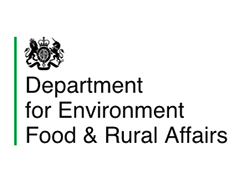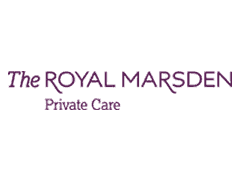One of the greatest danger an organisation faces when coming out of a recession is the temptation to spend surplus funds on poorly thought our rebranding.
Hence the title of this article – should branding be about creativity or policing?

This article suggests that successful branding is mostly about policing and careful market research – the creativity part should form a small part of this work! If this principle is understood then fewer expensive mistakes will be made.
Branding vs logo design
Firstly branding is not about logo design. It might include designing a logo, but it is much, much more. The most important initial work with any branding assignment is an in depth look at business strategy and the market – an analysis and marketing task. Next is writing down in a succinct manner the ‘core values’ and the ‘key marketing straplines’ – a creative writing task. As yet there is no ‘drawing’ or artwork.
It may also be important to look at the brand architecture in relation to parent or sub brands or brands you wish to endorse.
Once the brand values and core message have been defined it is time to look at the visual aspects – the colour palette, logo and font. This is the ‘logo design’ part of the work.
Initial designs then need to be re-evaluated against the brand values and core message, and refined if necessary.
Then checks need to be made – standard checks for things such as colour blindness, legal checks to ensure there are no other very similar ‘logos’ in use, marketing checks against key competitors, cultural checks in all languages / countries you wish to operate in, and testing with those not so far involved with the project. If this is a re-brand, tests should be made with existing customers or supporters. Most of this work is marketing and analysis work not design work.
Looking at the tasks above, it is clear the ‘logo drawing’ part of the work occupies perhaps 10-20% of the actual work of branding. Creativity in the broader sense – creating marketing straplines and core values is involved rather more, and this is a key element of much marketing work.
Re-branding
Re-branding has drastically changed the fortunes of many businesses. Some have grown – in many cases the alternative was to go out of business. But there are too many examples of costly mistakes – a rebrand done when there was no real need, or where the revision strayed from the core values and lost existing customers.
The following are bad reasons to re-brand:
- Surplus marketing budget
- It is ‘n’ years since the last re-brand
- The CEO does not like the colour scheme or logo
- Competitors successfully rebranded
The following is a good reason to re-brand:
- Business reason to as old branding is restricting business or market growth
So when the marketing department finds the current brand restricting for growing the customer base, a re-brand should be considered.
Re-branding alternatives
Before rushing into a re-branding excersise the alternatives should be looked at:
- Consider options of re-brand vs extending the brand architecture. Adding a sub brand might be a less costly and more effective option. This is employed by the most successful global companies such as Microsoft, Google and Coca-Cola.
- Consider options of tightening up on the brand usage. Many issues prompting a re-brand can better be solved by restricting poor use of the current brand. The company J Barbour & Sons changed the profitability of their business by brand protection on quality and lifestyle, removing other uses of their brand.
- Look at brand evolution – very rarely does a ‘big-bang’ change work – a gradual change planned over many years can be more effective. Good examples of this include Google, Apple and Pepsi.
Re-branding checks
If the above analysis shows that re-branding is still needed, the following checks should be used:
- Ensure you do not lose sight of the core values
- Where changes required are significant, consider a 2-3 step process instead, so there is an obvious continuity and no abrupt change.
- Ensure testing is done with existing customer base (all key stakeholders) to ensure the change will be an improvement. This stage is critical if the re-branding impacts sales or fundraising.
- Consider the fallback strategy if re-branding does not work – for example Everton football club had to reverse a logo change (Oct 2013) after fans protested. Tropicana (2009) had to reverse a change to their brand as sales plummeted by 20%
- Measure the results – they should match those of your user-test group.
By Rachel Cornish
Associate Fellow at Warwick Business School (Marketing, IT and Business)
For further branding articles see:










